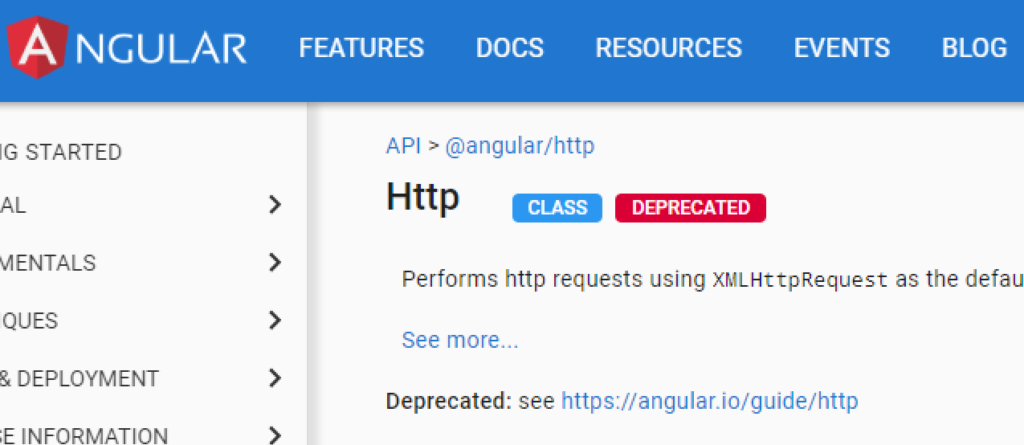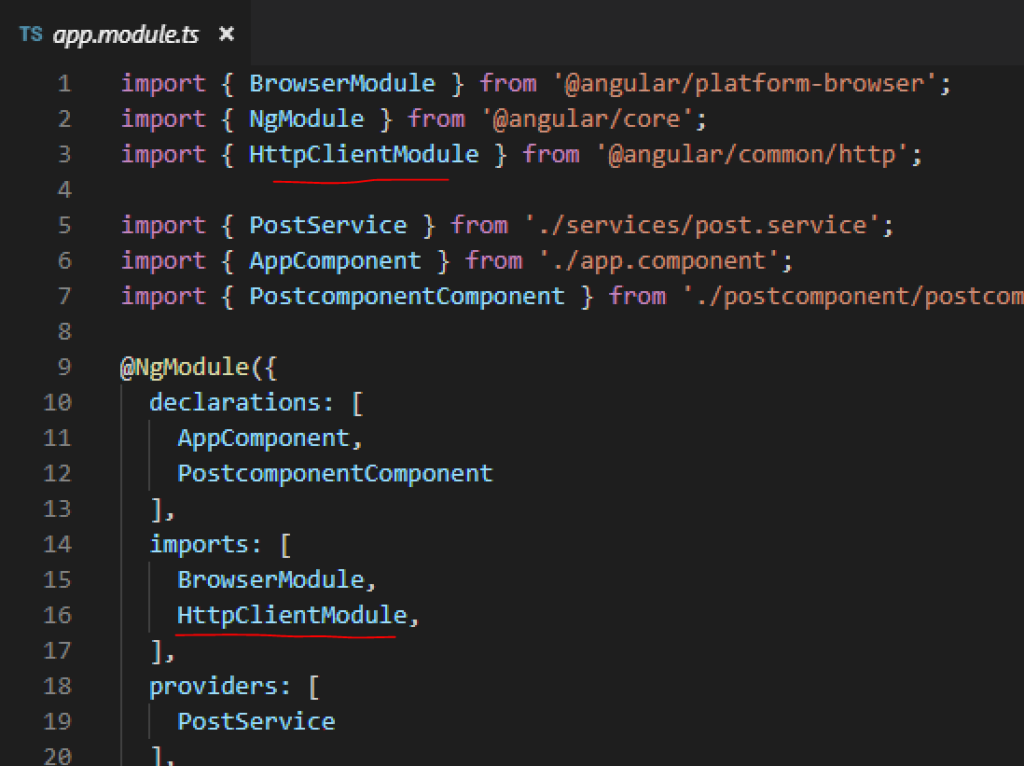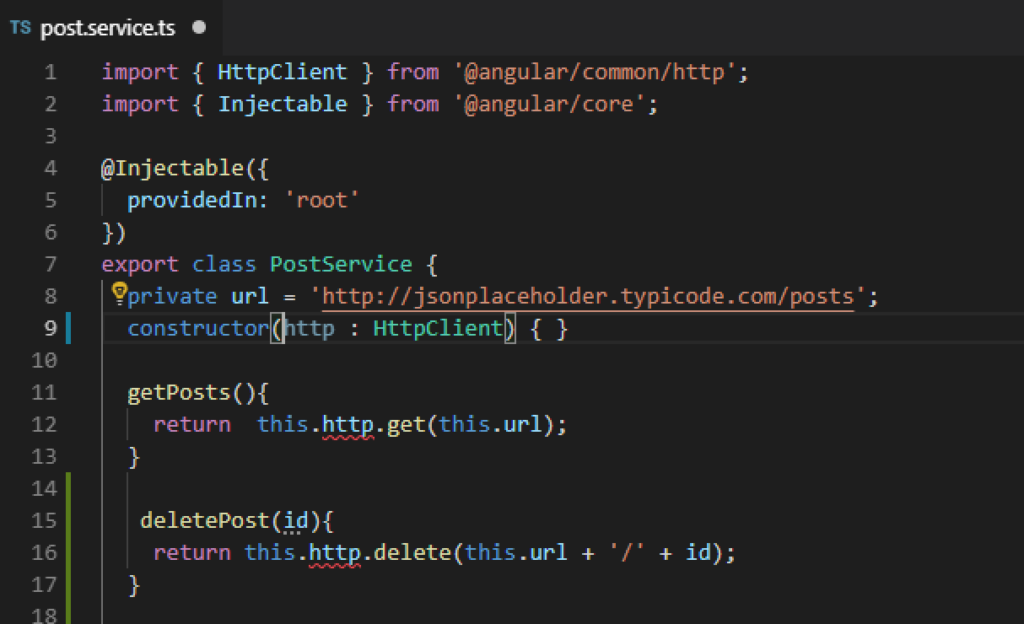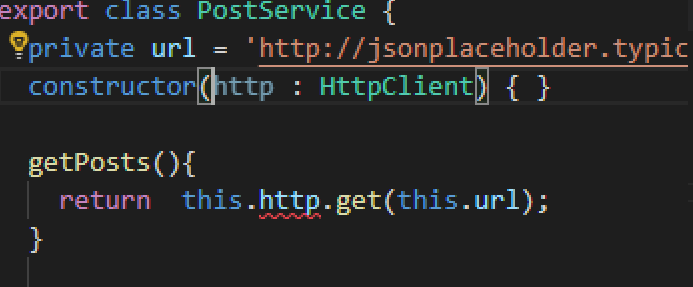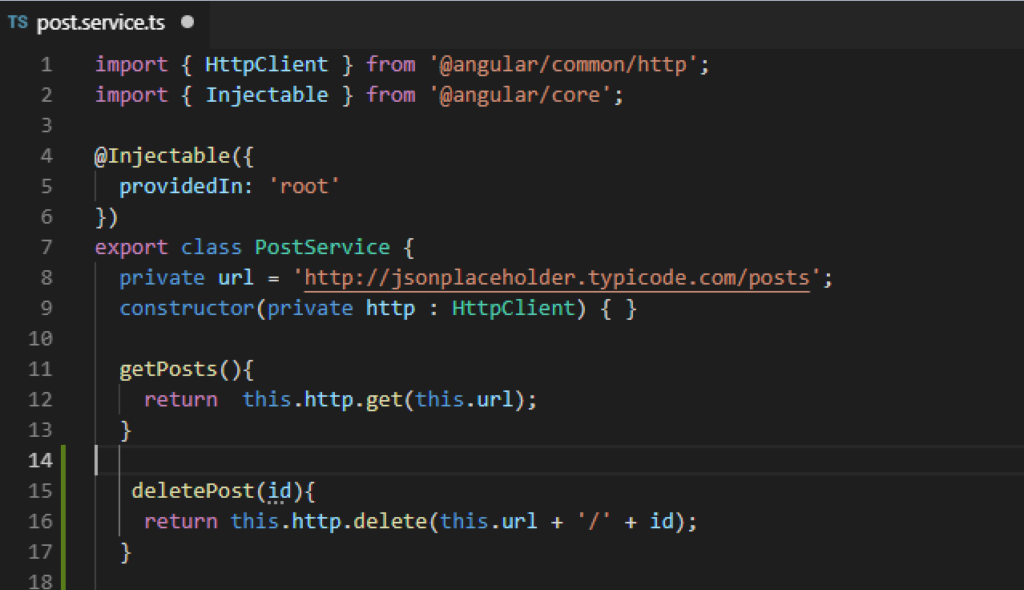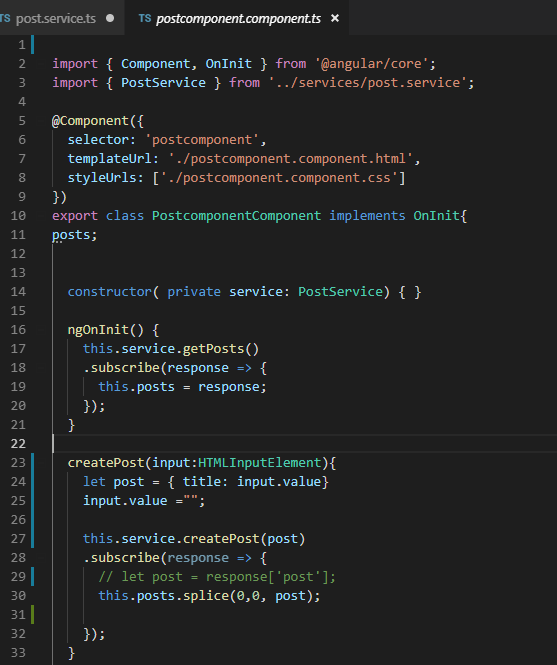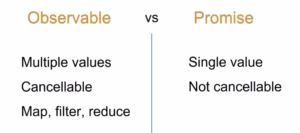Alright alright, it has been a long time. Now it’s time to take you through how to add a toast notification and fast.
The quickest and easiest way I could find was using this lil npm package from ngx-toastr is what you need for a quick and simple implementation.
Following the guide and going through the steps its pretty straight forward, but if you are having any troubles like i have…on that one time, i’m happy to share my findings.
Step one:
npm install ngx-toastr --save
// and if you already have it installed
npm install @angular/animations --saveCool so let that little console run. Once installed be sure to add the imports to your app module like so
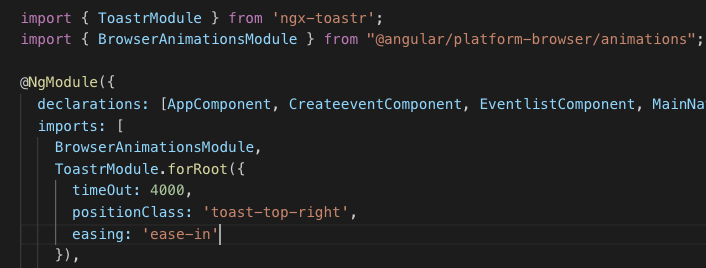
As you can see I have added something a little extra to the ToastrModule.forRoot({}), in those brackets you can do a number of tricks, adjust positioning animation and the works here are some details
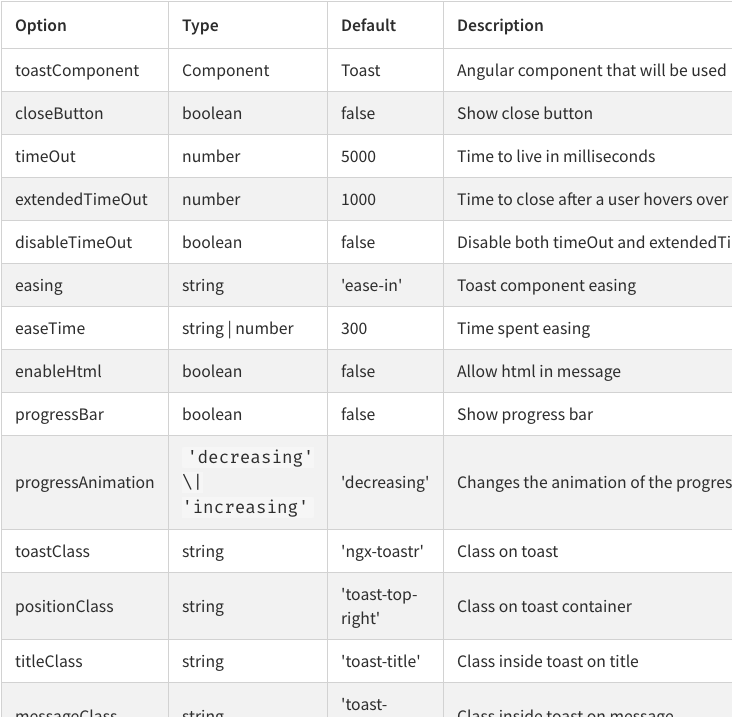
Now you need to add the stylings so the app knows how to make your toastie look good, check out your styles.css the main one ya’ll know what i’m talking about. You have a number of styling imports. This is where you need to be a tiny bit careful and note what style libraries you are using is it Bootstrap? Angular material? is it something else? Luckily we can do an import for whatever your style framework that you have implemented.
// regular style toast
@import '~ngx-toastr/toastr';
// bootstrap style toast
// or import a bootstrap 4 alert styled design (SASS ONLY)
// should be after your bootstrap imports, it uses bs4 variables, mixins, functions
@import '~ngx-toastr/toastr-bs4-alert';
// if you'd like to use it without importing all of bootstrap it requires
@import '~bootstrap/scss/functions';
@import '~bootstrap/scss/variables';
@import '~bootstrap/scss/mixins';
@import '~ngx-toastr/toastr-bs4-alert';So the problem i was facing was that i have implemented the toast notifications and all but they were not displaying. Turns out i was not using the correct toastr import styles. So lil lesson for me be sure to take note on what styling framework/libraries you are using. I used the regular toast implementation.
For my implementation of the toast notifications i wanted to add it as a service/shared component so it can be reused throughout the app..well “web-app” I am making, it looks a lil something like this (toast-message.service.ts).
import { Injectable } from '@angular/core';
import { ToastrService } from "ngx-toastr";
@Injectable({
providedIn: 'root'
})
export class ToastMessageService {
constructor(private toastr: ToastrService) { }
showSuccess(text: string, title: string) {
this.toastr.success(text, title);
}
showFail(text: string, title: string) {
this.toastr.error(text, title);
}
}this way i’m able to inject this service into the constructor and utilise my toastie notifications for both success and error scenarios also having the freedom of adding my own text for the success/failure situation.
import { ToastMessageService } from "../../services/toast-message.service";
export class SomeCoolComponent implements OnInit {
constructor(private toastr: ToastMessageService) {}
ngOnInit() {
this.toastr.showSuccess(
// Body content of toastie
"Has been successfully created.",
// Header of toastie
"A Toast notification"
);
this.toastr.showError(
// Body content of toastie
"Has been successfully created an error.",
// Header of toastie
"A Toast notification for the masses and friends"
);
}
}I think that that about does it. This should be quick and simple, my project is running Angular 7. Lemme know if you come across any issues.
